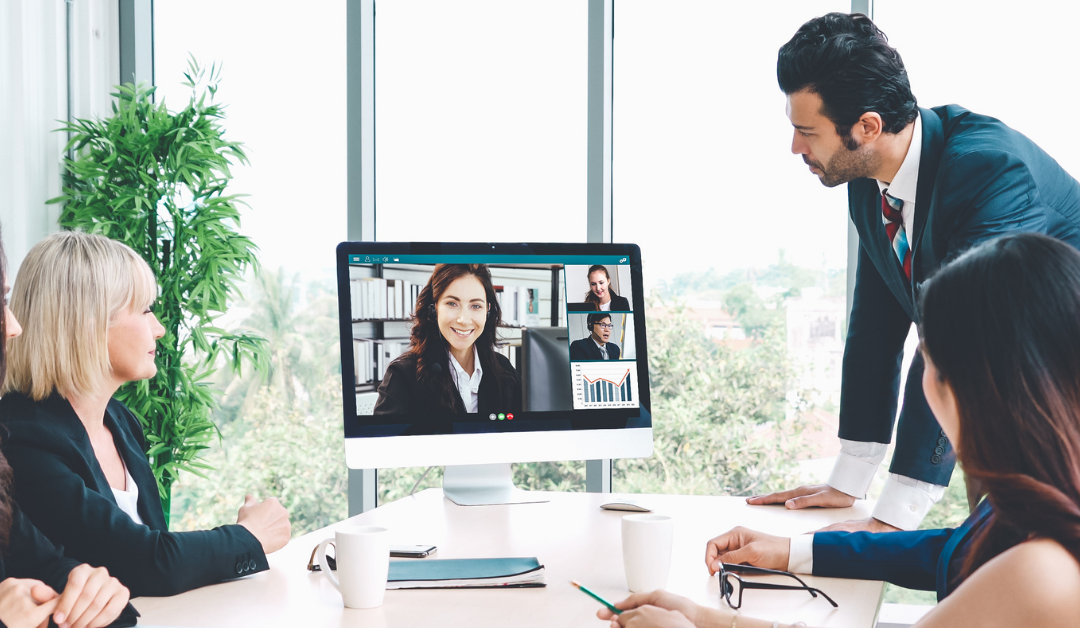

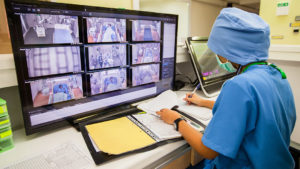
Vidyo Safeguard Bundle
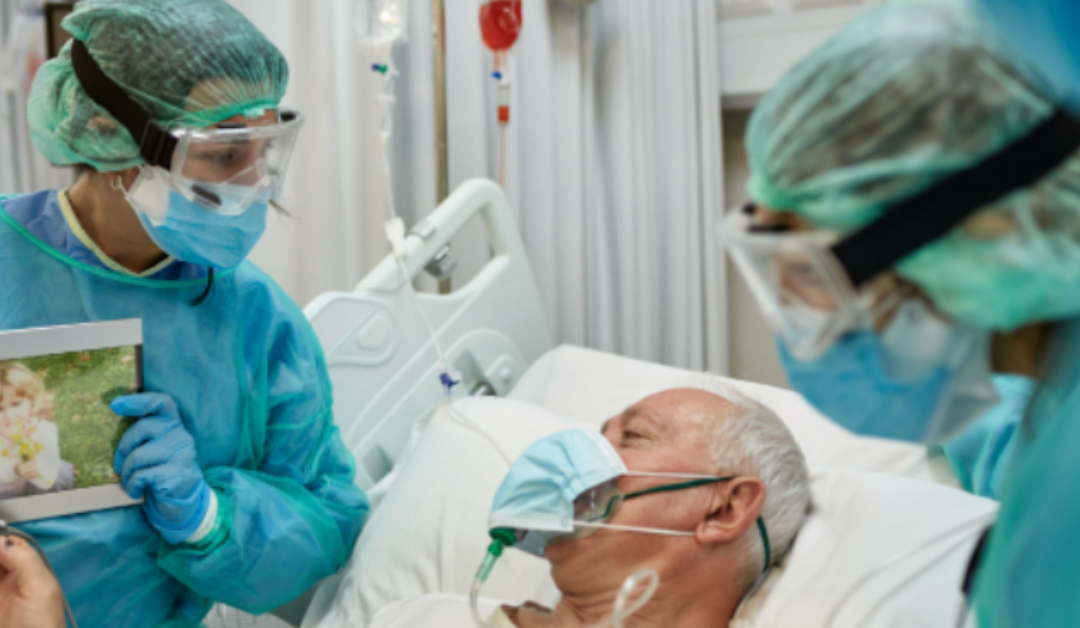
Continuum of Care
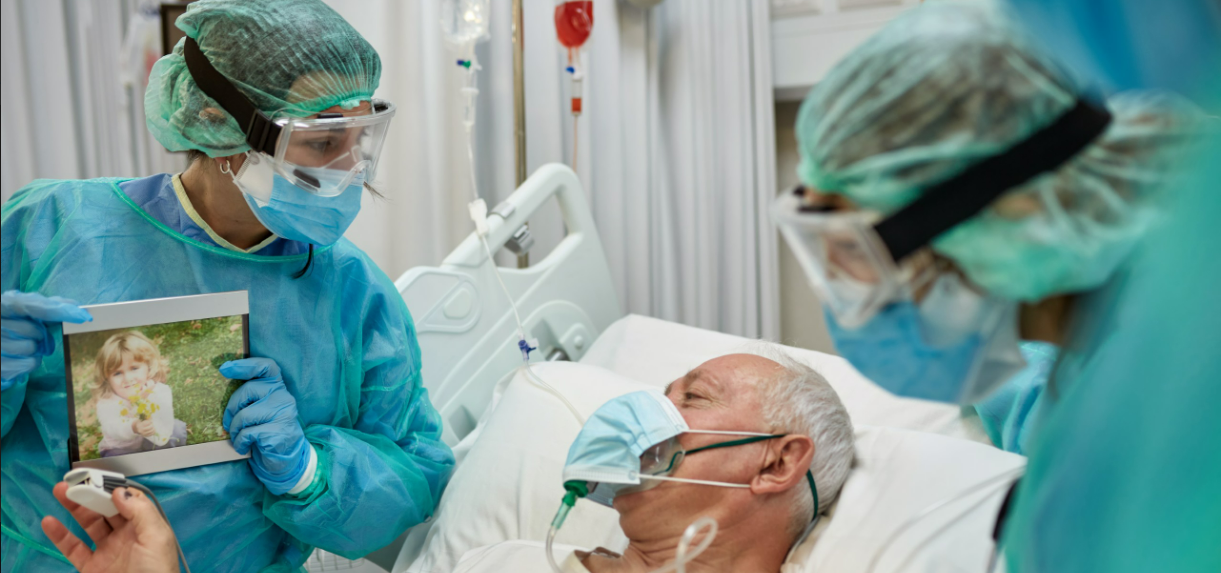
The distancing requirements necessitated by the COVID-19 global health crisis have been difficult for many, but none more so than those who fall ill with the disease, their family members, and the healthcare professionals tasked with providing them care.
The Center for Disease Control and Prevention recommends that anyone who experiences symptoms of COVID-19 isolates for 10 days from the onset of symptoms, and at least 24 hours after symptoms have subsided.
Patients who fall seriously ill and require hospitalization may need to remain isolated for many more days or weeks while receiving care.
This isolation creates a number of new challenges for all parties involved.
For healthcare facilities, the influx of infectious patients has placed a strain on the available medical equipment, personal protective equipment (PPE), and staff. To contain the spread of the virus and conserve limited PPE
supplies, care providers need to reduce bedside consultations and minimize room entry-exit cycles. This problem creates a novel set of care parameters that healthcare providers must adapt to.
To protect the public and the medical professionals they employ, many hospitals have implemented strict controls on visitation or issued outright bans. These rules have left sick patients separated from their family support
networks. This level of isolation can be psychologically demoralizing for patients and negatively impact their recovery.
However, to meet these new challenges, many healthcare providers are looking to scale in-hospital telehealth solutions.
Vidyo’s In-Hospital Telehealth Solutions
Prior to the COVID-19 health crisis, telehealth solutions were primarily focused on outpatient care and monitoring. However, the highly infectious nature of COVID-19 means virtual consultations and remote
monitoring are needed even when doctors and patients are in the same building.
To scale an in-hospital telehealth service quickly, healthcare providers need a solution that can easily integrate with existing workflows, has broad hardware compatibility, and is easy for both doctors and patients to use. To help doctors offer safe care and patients stay connected with their loved ones, Vidyo offers two purpose built solutions.
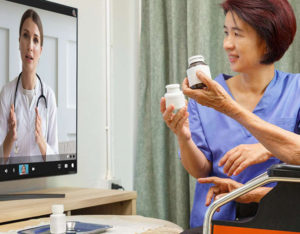
Vidyo Connect Patient Rooms
The VidyoConnect Patient Room experience is a telehealth solution designed for patients to easily connect with family and doctors at the point of care. The immersive Patient Room experience is compatible with stationary bedside monitors. The intuitive user interface empowers isolated patients to review their health information with doctors and family through high-quality video communication. To protect each patient’s privacy and sensitive health information, the software only enables patients to join incoming calls scheduled by their healthcare provider. This procedure also protects the telehealth solution from unsolicited incoming calls and cyber threats. By connecting via video, isolated patients regain autonomy and benefit from more robust support from their family and care providers.
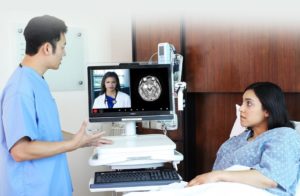
VidyoConnect Medical Cart
The VidyoConnect Medical Cart experience is a telehealth solution designed for medical practitionersto deliver virtual care in in-patients treatment settings. In addition to video monitoring, the software supports a broad range of medical devices including digital stethoscopes and horus scopes. This makes for easy integration with existing care practices and is ideal for a variety of treatment scenarios including urgent care, emergent care, and acute care scenarios. With a user-friendly interface and remote control or mouse control of the solution, healthcare professionals can perform virtual rounds, remote ICU monitoring, and multidisciplinary consults. With specialist consultations taking place virtually, patients have greater access to experts, while medical professionals are able to reduce patient contact and better protect their own health.
EHR Integrations
The best patient outcomes are facilitated not only by access to skilled medical professionals and clear communication but also by access to real-time health data. That’s why Vidyo’s telehealth solutions integrate with the workflow tools patients and clinicians are already using, including tools for charting, patient records, and care management.
As one of the largest electronic health record (EHR) vendors in the world that provides services to more than 50% of Americans, Vidyo has made our partnership with Epic Systems a priority. By using VidyoPlatform APIs to integrate with Epic Systems, doctors and patients can use real-time video communications on the same platforms that store
important patient health data.
For example, Vidyo’s integration with Epic’s patient portal, MyChart, means patients can now log on and view their medications, test results, billing, past appointments, and join virtual appointments by tapping a button to connect — all from the same platform. The integration can also be customized with the option to connect either through embedded video or context-aware linking so patients can join calls without downloading an app.
To create the conditions for 360-degree care, Vidyo integrates with numerous Epic applications including:
MyChart Mobile/Web
The patient portal to access and manage personal and family healthcare.
Haiku & Canto
Mobile apps for doctors to manage ambulatory care including access to test results and clinical data.
Hyperspace
The organization-wide front-end software for nurses, doctors, therapists, and administrative staff.
These integrations enable a more holistic approach for patient care and engagement, especially for those under medical isolation.

HIPAA Compliance
The Health Insurance Portability and Accountability Act (HIPAA) lays out standards to protect the confidentiality, integrity, and availability of protected health information (PHI). As the need for virtual care and telehealth solutions has risen dramatically with the public health crisis, the Department of Health and Human Services has temporarily relaxed some HIPAA regulations to expand access to care. Nevertheless, healthcare providers still have a duty to protect patient privacy and sensitive health information — and will likely need to come into HIPAA compliance once regulations are put back in place.
To enable healthcare providers to use our secure video communication tools both during and after the public health crisis, Vidyo’s telehealth solutions are designed for HIPAA-compliant use. Vidyo is also able to sign HIPAA-compliant Business Associate Agreements with qualified users.
There are two main rules under HIPAA relating to electronic protected health information (ePHI), the Privacy Rule and the Security Rule. The HIPAA Privacy Rule establishes national standards to protect individuals’ medical records and other personal health information. The Security Rule requires businesses to have protocols in place that protect ePHI from a technical, tadministrative, and physical perspective. To help meet these standards, VidyoCloud and Vidyo.io for Healthcare have a number of safeguards to ensure HIPAA-compliant use. Built-in protections include:
• Encryption to protect video calls duringtransmission
• No functionality to save recorded video calls in the Vidyo Healthcare Cloud
• No means for Vidyo to store or access customers’ PHI
• Vidyo hosting facilities that are SOC 2 compliant, with 24/7 protection to meet regulatory requirements
While Vidyo’s telehealth solutions are fully HIPAA compliant, the platform’s data protection and cybersecurity go beyond this baseline of protection.
Vidyo Security
Vidyo’s information security governance policy provides confidentiality, integrity, and availability of information to provide customers with the highest standard of secure video communications.
 User Login and Database Security
User Login and Database Security
To protect user confidentiality, Vidyo does not retain any client login information and encourages users to frequently change meeting PINs and passwords. All endpoints are connected through the cloud and protected from unauthorized access.
 Encryption
Encryption
To guard against would-be hackers, Vidyo uses strong encryption standards for machine-tomachine transmissions. Vidyo also encrypts audio and video content at Advanced Encryption Standard 256 bits, well above the industry standard of 128 bits. In addition, VidyoConnect always establishes an encrypted HTTPS channel with each Vidyo endpoint that attempts to access the system.
 Session Security
Session Security
A rigorous component authentication scheme is used to prevent “spoofing” or identity theft. Each server in the VidyoConnect network has a unique identifier that must be verified over the portal application. On the client side, a unique token is used to authenticate the endpoint to the portal application. The administrator may also define expiration rules for reauthentication.
 Security Posture
Security Posture
Vidyo updates cyber defenses regularly to meet emerging threats published on the National Institute of Standards and Technology’s National Vulnerability Database, MITRE, the Open Web Application Security Project , and other industry watchdogs. Our network also relies on accredited third-party security companies to assess the cyber readiness of our products and services.
From the encryption of virtual meetings to authenticating new components, the Vidyo ecosystem is built around security so that users never find themselves in a position of exposing PHI.
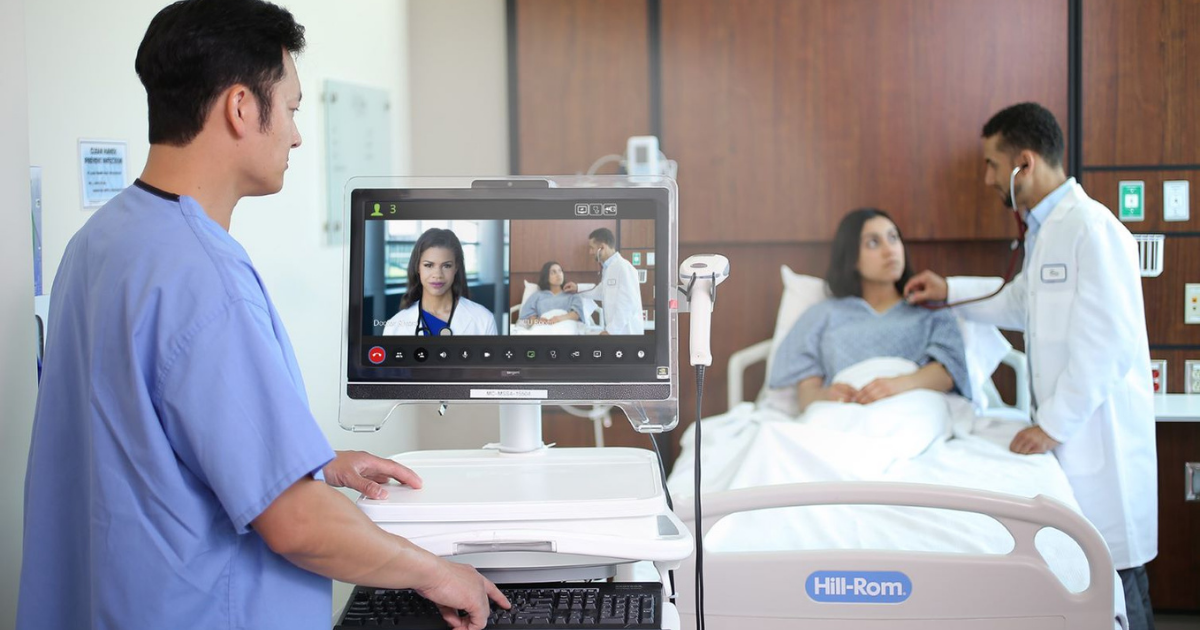
Choosing a Video-Friendly In-Hospital Telehealth Solution
There is a broad range of applications for videoequipped in-hospital telehealth solutions — and the need has never been greater. With video telehealth solutions, the volume and frequency of patient contacts can be reduced, helping to protect staff and curtail the spread of infectious disease. High-quality video communication also provides isolated patients with greater access to medical experts, as well as a means to connect with their families and support networks. The combination of increased access to medical professionals and loved ones can have a real impact on the quality of care and speed of recovery.
For the successful implementation of a video telehealth solution, a number of factors come into play. During a time of stretched budgets, diminished medical resources, and thinly stretched staff, hospital administrators must pursue a solution that can be easily adopted. When seeking out a best-fit videocapable telehealth solution, consider the following:
• Cost of ownership
• Cost of implementation
• Compatibility with existing devices
• Ease of use for practitioners and patients
• Integration with EHR systems and existing workflows
Healthcare providers are also duty-bound to safeguard patient privacy and PHI and should therefore seek a solution with built-in data and cybersecurity protections.
Learn More About VidyoConnect Telehealth
Vidyo provides purpose-built telehealth solutions that support high quality, timely care to improve patient outcomes. To join the more than 4,500 hospitals across the United States using Vidyo solutions to deliver superior care and cut costs.
Contact a Vidyo Telehealth Expert Today.
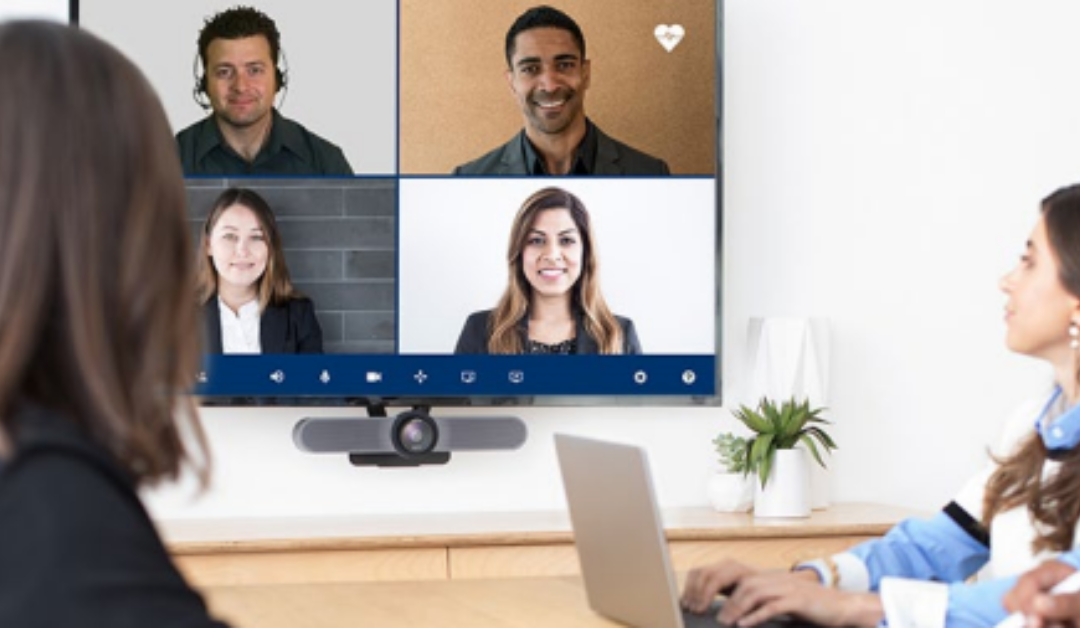
Branding and White-Labeling
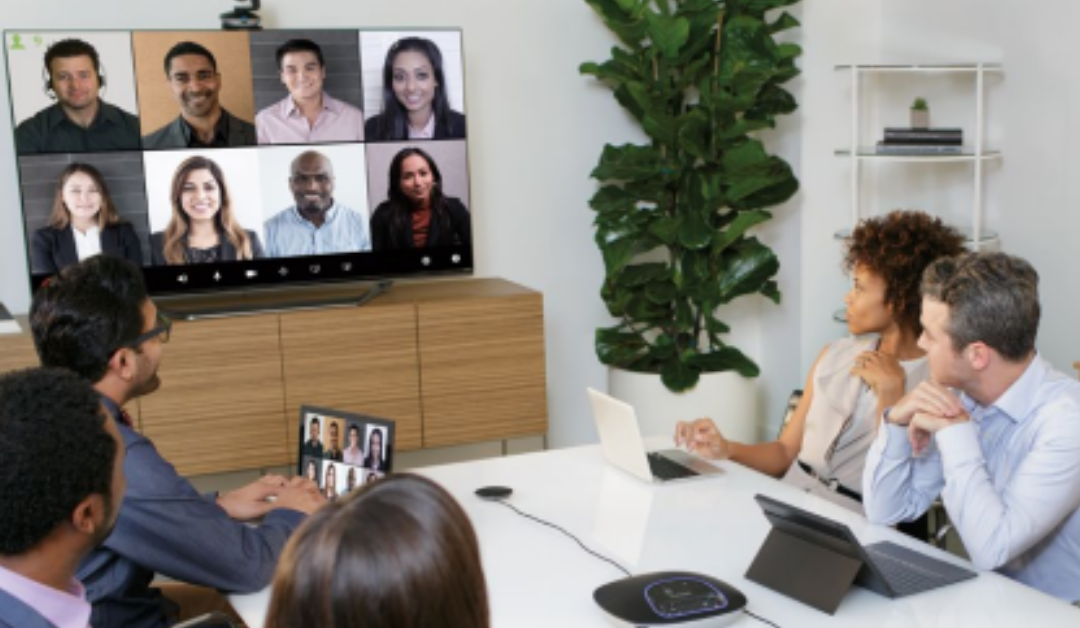



 User Login and Database Security
User Login and Database Security Encryption
Encryption Session Security
Session Security Security Posture
Security Posture
Recent Comments